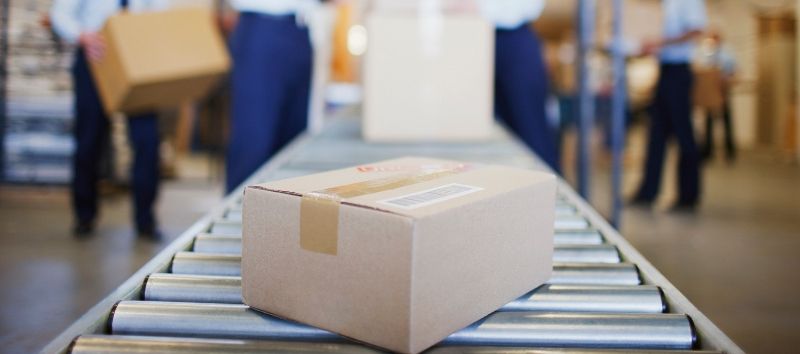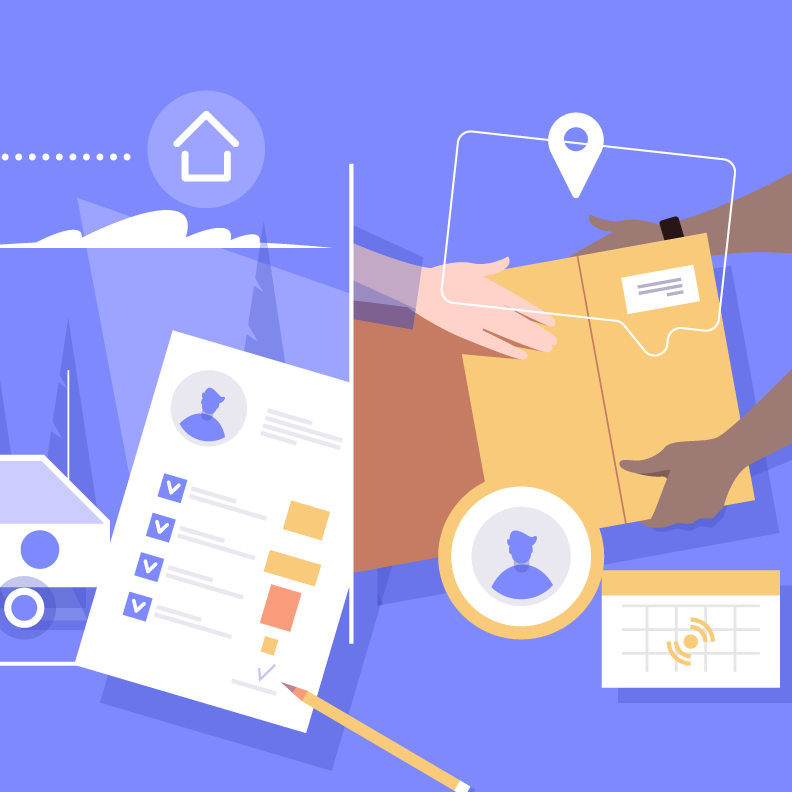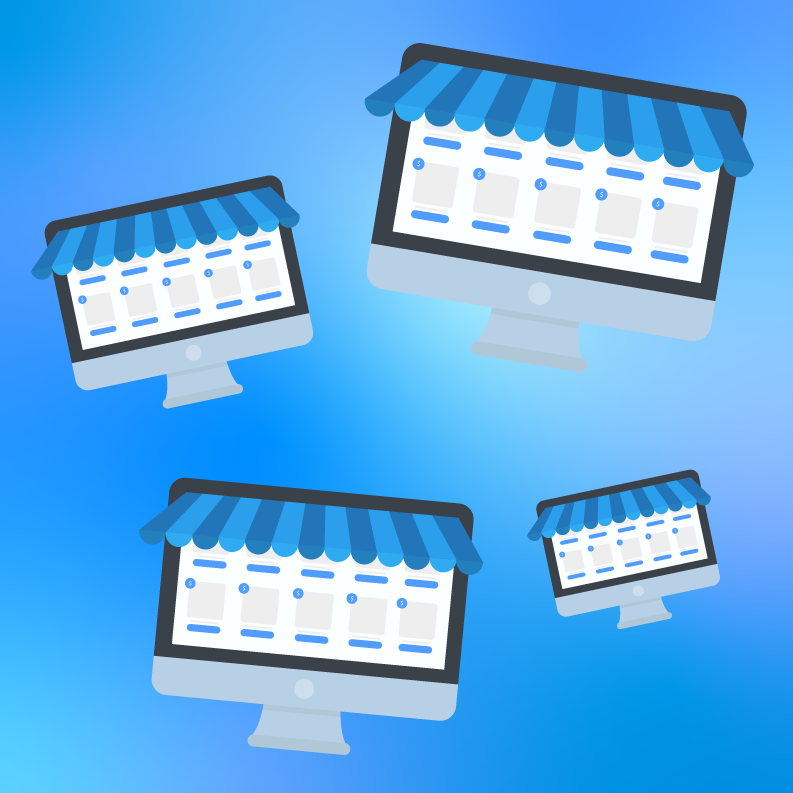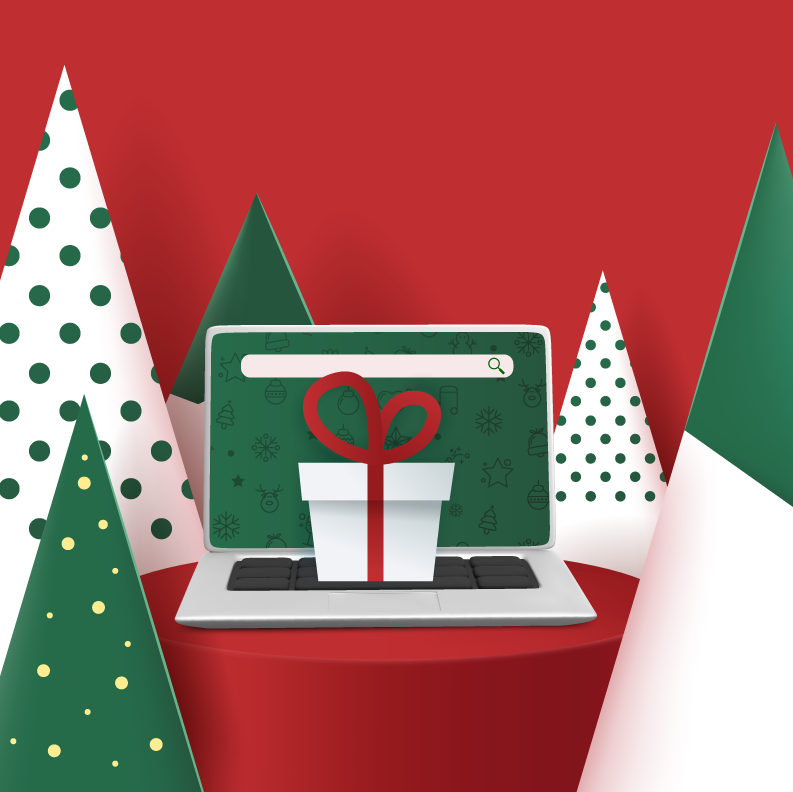As a consumer, you appreciate when your online orders arrive safely, on time and at a fair price. As a brand or retailer, it’s your job to make that happen. This entire process — from initial order placement to final delivery — is called order fulfillment.
Amazon forever changed the game when it introduced free, two-day shipping for its Prime members. Now, consumers expect that same ease and convenience with every online store they shop. Are you meeting expectations?
Let’s take a look at how to improve your order fulfillment process, customer satisfaction and bottom line with these eight tips and answers to your biggest questions.
What Is the E-Commerce Order Fulfillment Process?
Order fulfillment is the process of receiving an order and managing its delivery to the customer. This typically involves everything from processing the order in a multichannel commerce platform, sending it to the warehouse for fulfillment, assembling and packing it, shipping it and confirming final delivery. Yet, this process requires preparation and planning long before a customer clicks “place order.”
Steps of the Order Fulfillment Process
- Source goods.
You may source your products from a third-party or manufacture them yourself. Either way, you must count and inspect all incoming inventory to ensure accurate management.
- Store inventory.
A fulfillment center processes products for immediate disbursement or short- or long-term storage. Rather than holding items for future sales, fulfillment centers typically hold goods just long enough to organize them for orderly distribution.
- Process orders.
As new orders come in, employees or robots will pick or locate the item(s) and pack them for shipping. Order management systems help automate this process by integrating with the e-commerce website and quickly identifying the product(s) for easy location and disbursement. Since space on delivery trucks is at a premium, making the package as light and compact as possible helps speed transport and potentially lower costs.
- Ship packages.
The fulfillment center sends the package to a shipping channel or carrier like air, freight, USPS, FedEx or UPS. The chosen carrier determines the package’s billable cost.
- Delivery to the customer.
The carrier delivers the product to the customer. It is common for packages to arrive by way of more than one carrier. If FedEx handles the initial shipment, USPS may be responsible for the package’s last mile delivery (or the final leg of the journey to the intended destination).
One additional step to consider in the fulfillment process is the potential for returns. Some companies include shipping materials and a return slip with the customer’s initial order. Accepting a return requires quality control to ensure the product is not damaged or soiled and it can be restocked appropriately.
Why Is Quality Order Fulfillment Important?
Shipping and delivery are now directly correlated with customer satisfaction. In fact, 84% of Amazon shoppers regarded shipping as an important part of their online shopping experience in a 2019 survey.
The cost of shipping matters too. A recent Shippo report found that 49% of customers opt for lower cost shipping while 40% choose free shipping. Yet, when given the choice between free shipping and fast shipping, an overwhelming 83% prefer free.
How Do You Choose an Order Fulfillment Strategy?
You can choose to fulfill your customer orders in a few different ways. There are four traditional fulfillment models, including:
- In-house: This means all fulfillment is handled internally. While you don’t pay an outside service, you may spend more money over time in employee resources and processing.
- Third party: Third-party fulfillment means you pay an external provider like Fulfillment by Amazon (FBA), Zalando Fulfillment Services or other third-party logistics provider (3PL) to handle orders for you.
- Drop shipping: This is a fulfillment method where the seller doesn’t keep stock on hand. Instead, the seller purchases stock from a third party (usually the manufacturer or wholesaler) as needed.
- Hybrid: The hybrid model combines two or all of the aforementioned models. For example, a seller may choose to fulfill its most popular products in-house, but leave big, bulky items to drop shipping directly from the manufacturer.
Choosing the fulfillment method that’s right for you depends on your company’s resources and in-house skills. To make the best decision, analyze the cost of each solution for different categories or sizes of products and assess what your company can handle.
8 Tips to Improve Your Fulfillment
1.Integrate systems as much as possible.
Seamless integrations between your vendors and order management system are crucial for the fastest, most efficient fulfillment. You should be able to easily integrate your preferred distributor, 3PL or warehouse management system (WMS) to manage picking, packing and shipping.
2. Set clear customer and vendor expectations.
It’s better for consumers to be surprised by an early shipment than frustrated at a late shipment. Communicate with your customers up front so they know what delivery window to expect. At the same time, hold your shipping vendors accountable to the terms you set so you can uphold your customer promises.
3. Plan ahead for returns and customer support.
Customer returns and inquiries are inevitable. Have a returns strategy in place and a way for customers to contact you, whether through a call center, email address or third party who manages it for you.
4. Treat your shipping vendor as a true partner.
Keep your friends close, but keep your vendors closer. Make strong connections with your shipping partners to negotiate the best deals, stay informed and understand their process so you can avoid delays.
5. Get smart about your warehouses.
Meet consumers’ increasing expectations for fast shipping by either choosing quick-picking shippers or opening more warehouses. Choose locations that are closest to your most frequent delivery areas. More warehouses mean higher inventory and labor costs, but lower shipping expenses and faster delivery.
6. Choose trusted third-party fulfillment vendors.
You could manage your fulfillment in-house, but third-party fulfillment options can be just as cost effective. For instance, with FBA, the cost of shipping is included in your fees, and you’re only charged for the storage space you use and the orders Amazon fulfills. Plus, FBA helps keep costs down for your lightest and lowest-cost products so you don’t lose money.
7. Monitor fulfillment end to end.
Choose a system that offers end-to-end tracking for orders, inventory and all other e-commerce operations. Having crystal clear visibility will allow you to see exactly what items are available, how much you have and where they’re located. An integrated system will ensure you and your suppliers can see the same catalog and order fulfillment progress.
8. Measure your fulfillment performance.
Don’t “set it and forget it.” Regularly monitor your fulfillment speed, accuracy and time to delivery to ensure you’re meeting your goals and honoring customer promises. You can also use customer inquiries and feedback to gauge shopper satisfaction, prompting changes to your overall process.
Rithum Optimizes Fulfillment for Fast, Cost-Effective Delivery
Rithum Fulfillment allows you to manage orders from every channel more efficiently. Our platform is designed for maximum flexibility, supporting a wide range of fulfillment options, including owned warehouses, FBA and 3PLs. Plus, our order management and shipping management solutions give you full visibility into your fulfillment operations to proactively address issues and meet customer expectations every time.
Contact our team today for a demo of the Rithum platform and a look at how we can help you build a resilient fulfillment operation.




